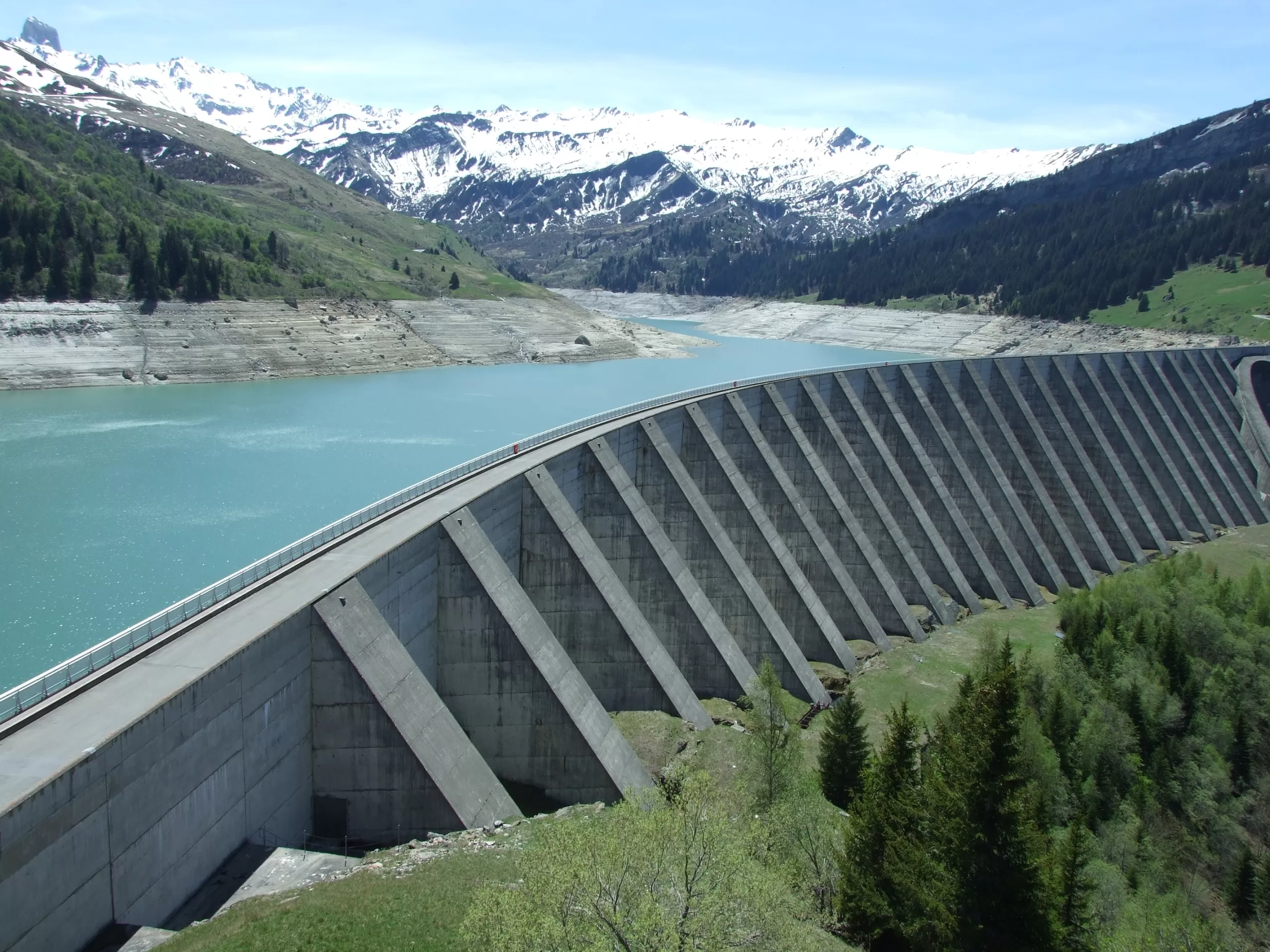Harnessing the Power of Water: Kala Bagh Dam and Its Benefits, with a Spotlight on Electricity Production
Introduction
In the quest for sustainable development and the efficient utilization of natural resources, the Kala Bagh Dam emerges as a crucial project for Pakistan. Located on the Indus River in the Mianwali District of Punjab, this multipurpose dam has garnered significant attention for its potential to bring a multitude of benefits to the region, especially in the realm of electricity production. In this article, we’ll explore the Kala Bagh Dam project in detail, emphasizing its numerous advantages, with a special focus on the electricity generation capacity that could revolutionize Pakistan’s energy landscape.
The Kala Bagh Dam Project: An Overview
The Kala Bagh Dam project has been on the drawing board for decades, with discussions and debates surrounding its construction continuously resurfacing. The dam’s primary objectives include water storage for irrigation, flood control, and hydropower generation. Here’s a closer look at its potential benefits:
1. Water Storage and Irrigation
One of the foremost purposes of the Kala Bagh Dam is to store water for agricultural irrigation. Pakistan’s agriculture heavily relies on the Indus River, and the dam’s reservoir would ensure a consistent water supply to farms throughout the year. This, in turn, would increase crop yields and contribute to food security.
2. Flood Control
The Indus River is prone to seasonal floods, causing widespread devastation and displacement of communities. The Kala Bagh Dam’s flood control capacity could mitigate the impact of these floods, protecting lives and property.
3. Hydropower Generation
One of the most exciting aspects of the Kala Bagh Dam project is its potential to revolutionize Pakistan’s energy sector. Let’s delve into the electricity production aspect:
Electricity Production Potential
The Kala Bagh Dam has the capacity to generate a substantial amount of electricity, contributing significantly to Pakistan’s energy needs. Here’s how it can make a difference:
1. Clean and Renewable Energy
Hydropower is a clean and renewable energy source. Unlike fossil fuels, it doesn’t produce harmful greenhouse gas emissions. The Kala Bagh Dam’s electricity production would align with global efforts to reduce carbon footprints and combat climate change.
2. Meeting Growing Energy Demand
Pakistan faces a persistent energy crisis, with frequent power outages disrupting daily life and hindering economic growth. The Kala Bagh Dam’s electricity generation capacity could help bridge the energy gap, ensuring a more reliable power supply for industries and households.
3. Reducing Dependence on Fossil Fuels
Pakistan currently relies heavily on fossil fuels like oil and natural gas for electricity generation. The Kala Bagh Dam would diversify the energy mix, reducing dependence on these finite and polluting resources.
4. Economic Benefits
A stable and abundant electricity supply is essential for economic development. The electricity generated by the Kala Bagh Dam could stimulate industrial growth, create jobs, and improve the overall quality of life for Pakistan’s citizens.
Challenges and Controversies
While the benefits of the Kala Bagh Dam project are compelling, it’s essential to acknowledge the challenges and controversies associated with its construction:
1. Environmental Impact
Large dams can have significant environmental consequences, including habitat disruption and alterations to river ecosystems. Careful environmental impact assessments and mitigation measures are essential to address these concerns.
2. Displacement of Communities
The creation of a dam’s reservoir often necessitates the relocation of communities living in the affected areas. Ensuring fair compensation and resettlement plans for these communities is a critical consideration.
3. Inter-Provincial Disputes
One of the most significant challenges facing the Kala Bagh Dam project is inter-provincial disputes. Different provinces have varying interests and concerns regarding the dam’s water distribution and impact on their regions.
Electricity Production Potential
The Kala Bagh Dam boasts an impressive electricity production capacity that has the potential to revolutionize Pakistan’s energy landscape. It is estimated that this multipurpose dam could generate approximately 3,600 megawatts (MW) of electricity once fully operational. This substantial capacity aligns with the nation’s growing energy demands and offers numerous advantages:
1. Clean and Renewable Energy
With a capacity of 3,600 MW, the Kala Bagh Dam would stand as a formidable source of clean and renewable energy. Unlike fossil fuels, which contribute to harmful greenhouse gas emissions, hydropower offers an environmentally friendly alternative. This aligns with global efforts to reduce carbon footprints and combat climate change.
2. Meeting Growing Energy Demand
Pakistan faces a persistent energy crisis characterized by frequent power outages that disrupt daily life and hinder economic growth. The Kala Bagh Dam’s electricity generation capacity could help bridge the energy gap, ensuring a more reliable power supply for industries and households alike.
3. Reducing Dependence on Fossil Fuels
Pakistan currently relies heavily on fossil fuels, such as oil and natural gas, for electricity generation. The Kala Bagh Dam’s substantial electricity production capacity would diversify the nation’s energy mix, reducing its dependence on these finite and polluting resources.
4. Economic Benefits
A stable and abundant electricity supply is fundamental for economic development. The electricity generated by the Kala Bagh Dam has the potential to stimulate industrial growth, create jobs, and enhance the overall quality of life for Pakistan’s citizens.
As Pakistan grapples with its energy crisis and strives for a cleaner, more sustainable energy future, the Kala Bagh Dam’s electricity production capacity emerges as a beacon of hope. However, it is essential to address the project’s challenges and controversies while leveraging its potential to bring about transformative changes in the nation’s energy sector.
Conclusion
The Kala Bagh Dam project holds immense potential to bring about transformative changes in Pakistan’s agricultural, flood control, and energy sectors. Its electricity generation capacity, in particular, offers a sustainable and clean energy solution to address the nation’s growing power needs. However, it’s crucial to approach the project with careful consideration of its environmental, social, and political implications. Collaborative efforts and comprehensive planning are essential to harness the power of the Kala Bagh Dam for the benefit of all Pakistanis while minimizing negative impacts. With the right approach, this ambitious project could pave the way for a brighter and more sustainable future for Pakistan.






Share this: